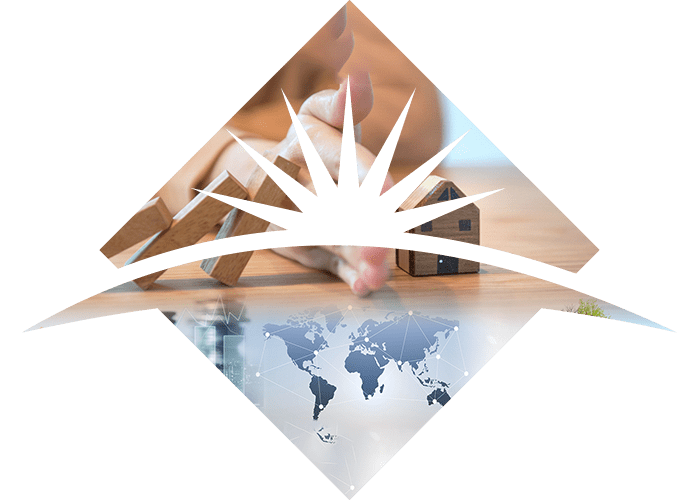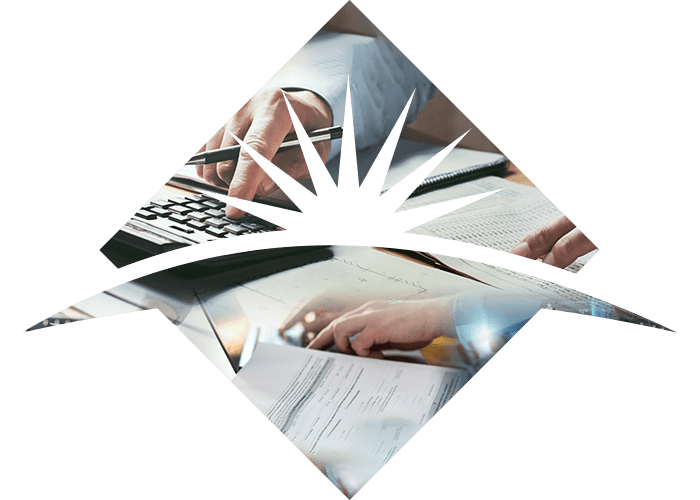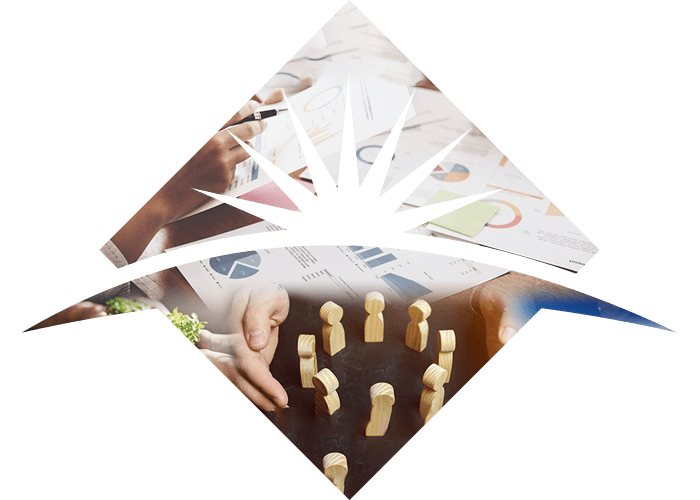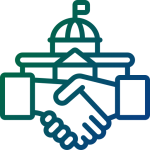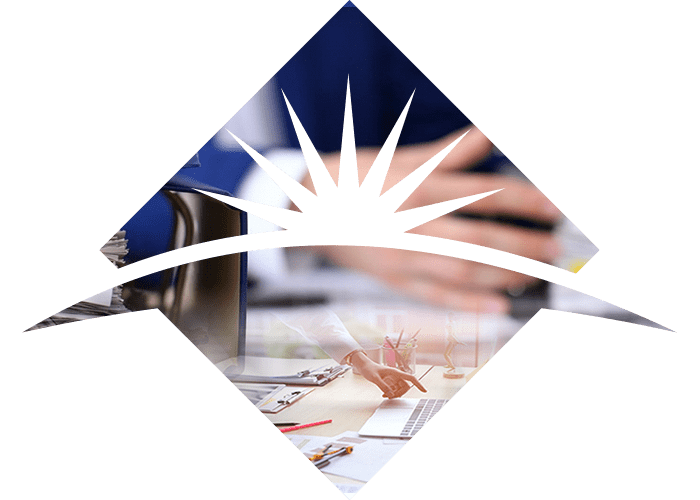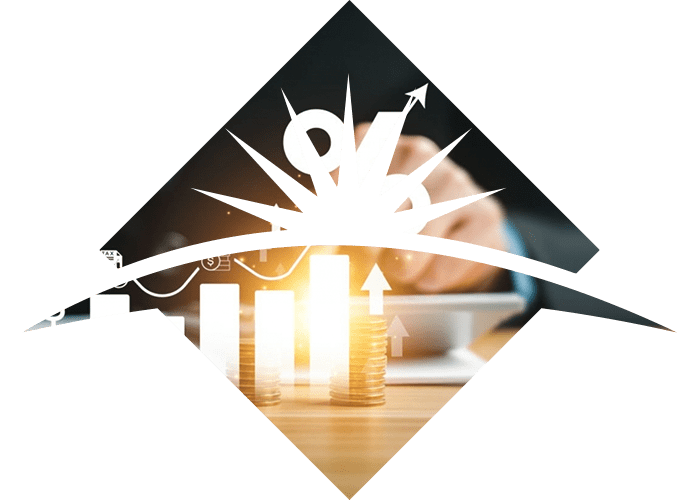The Sendai Framework for Disaster Risk Reduction 2015-2030 (Sendai Framework) is the first major agreement of the post-2015 development agenda, with seven targets and four priorities for action.
It wasendorsed by the UN General Assembly following the 2015 Third UN World Conference on Disaster Risk Reduction (WCDRR).
The Sendai Framework is a 15-year, voluntary, non-binding agreement that recognizes that the State has the primary role to reduce disaster risk but that responsibility should be shared with other stakeholders including local government, the private sector, and other stakeholders. It aims for the following outcome:
The substantial reduction of disaster risk and losses in lives, livelihoods, and health and in the economic, physical, social, cultural and environmental assets of persons, businesses, communities, and countries.
Prevent new and reduce existing disaster risk through the implementation of integrated and inclusive economic, structural, legal, social, health, cultural, educational, environmental, technological, political and institutional measures that prevent and reduce hazard exposure and vulnerability to disaster, increase preparedness for response and recovery, and thus strengthen resilience.
The substantial reduction of disaster risk and losses in lives, livelihoods and health and in the economic, physical, social, cultural and environmental assets of persons, businesses, communities and countries.
- Priority 1: Understanding disaster risk
Disaster risk management needs to be based on an understanding of disaster risk in all its dimensions of vulnerability, capacity, exposure of persons and assets, hazard characteristics and the environment - Priority 2: Strengthening disaster risk governance to manage disaster risk
Disaster risk governance at the national, regional and global levels is vital to the management of disaster risk reduction in all sectors and ensuring the coherence of national and local frameworks of laws, regulations and public policies that, by defining roles and responsibilities, guide, encourage and incentivize the public and private sectors to take action and address disaster risk - Priority 3: Investing in disaster risk reduction for resilience
Public and private investment in disaster risk prevention and reduction through structural and non-structural measures are essential to enhance the economic, social, health and cultural resilience of persons, communities, countries and their assets, as well as the environment. These can be drivers of innovation, growth and job creation. Such measures are cost-effective and instrumental to save lives, prevent and reduce losses and ensure effective recovery and rehabilitation - Priority 4 Enhancing disaster preparedness for effective response, and to «Build Back Better» in recovery, rehabilitation and reconstruction
Experience indicates that disaster preparedness needs to be strengthened for more effective response and ensure capacities are in place for effective recovery. Disasters have also demonstrated that the recovery, rehabilitation and reconstruction phase, which needs to be prepared ahead of the disaster, is an opportunity to «Build Back Better» through integrating disaster risk reduction measures. Women and persons with disabilities should publicly lead and promote gender-equitable and universally accessible approaches during the response and reconstruction phases
- Primary responsibility of States to prevent and reduce disaster risk, including through cooperation
- Shared responsibility between central Government and national authorities, sectors and stakeholders as appropriate to national circumstances
- Protection of persons and their assets while promoting and protecting all human rights including the right to development
- Engagement from all of society
- Full engagement of all State institutions of an executive and legislative nature at national and local levels
- Empowerment of local authorities and communities through resources, incentives and decisionmaking responsibilities as appropriate
- Decision-making to be inclusive and risk-informed while using a multi-hazard approach
- Coherence of disaster risk reduction and sustainable development policies, plans, practices and mechanisms, across different sectors
- Accounting of local and specific characteristics of disaster risks when determining measures to reduce risk
- Addressing underlying risk factors cost-effectively through investment versus relying primarly on postdisaster response and recovery
- «Build Back Better» for preventing the creation of, and reducing existing, disaster risk
- The quality of global partnership and international cooperation to be effective, meaningful and strong
- Support from developed countries and partners to developing countries to be tailored according to needs and priorities as identified by them
Chart of the Sendai Framework for Disaster Risk Reduction
2015-2030
The present frameworkwill apply to the risk of small-scale and large-scale, frequent and infrequent, sudden and slow-onset disasters, caused by natural or manmade hazards as well as related environmental, technological and biological hazards and risks. It aims to guide the multi-hazard management of disaster risk in development at all levels as well as within and across all sectors
The substantial reduction of disaster risk and losses in lives, livelihoods and health and in the economic, physical, social, cultural and environmental assets of persons, businesses, communities and countries.
Prevent new and reduce existing disaster risk through the implementation of integrated and inclusive economic, structural, social, health, cultural, educational, environmental, technology political and institutional measures that prevent and reduce hazard exposure and vulnerability to disaster, increase preparedness for response and recovery, and thus strengthen resilience
Sustainable Development Goals
The Sustainable Development Goals are the blueprint to achieve a better and more sustainable future for all. They address the global challenges we face, including those related to poverty, inequality, climate, environmental degradation, prosperity, and peace and justice. The Goals interconnect and in order to leave no one behind, it is important that we achieve each Goal and target by 2030. Out of 17 SDGs, followings directly relate to disaster reduction:
-
GOAL 9:
Build resilient infrastructure, promote inclusive and sustainable industrialization and foster innovation
-
GOAL 11:
Make cities and human settlements inclusive, safe, resilient and sustainable
-
GOAL 13:
Make cities and human settlements inclusive, safe, resilient and sustainable
Sendai Framework for Disaster Risk Reduction 2015-2030
- The substantial reduction of disaster risk and losses in lives, livelihoods, and health and in the economic, physical, social, cultural and environmental assets of persons, businesses, communities, and countries.
Understanding Disaster Risk
Strengthening Disaster Risk Governance to Manage Disaster Risk
Sendai
Framework
Investing in Disaster Risk Reduction for Resilience
Enhancing disaster
preparedness for
effective response and
to "Build Back Better" in
recovery, rehabilitation
and reconstruction

